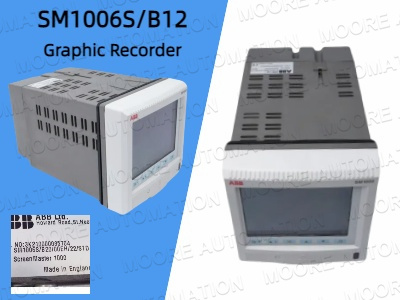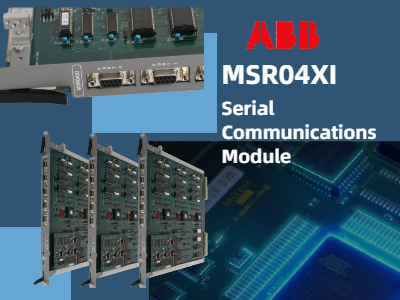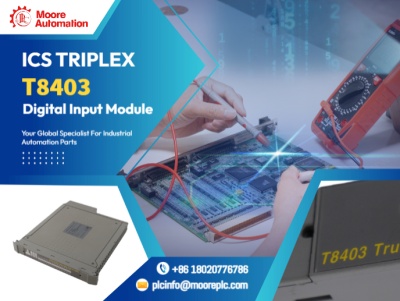Introduction In the rapidly developing field of industrial automation, it is particularly important to achieve high-precision signal acquisition and stable communication between field devices and control systems. As an important channel connecting field devices and control systems, digital input modules play a core role in monitoring switch states, sensor binary output signals, etc. The ADV161-P00 S2 digital input module launched by Yokogawa is a high-performance product designed to meet the demanding needs of modern process control systems. It not only improves the accuracy of input signal processing, but also ensures efficient coordination with distributed control systems. Combination of rugged design and multifunctional performance ADV161-P00 S2 continues Yokogawa's consistent high standards and durability in industrial automation equipment. This module belongs to the widely acclaimed CENTUM VP control system series and has the characteristics of strong stability, long life cycle and reliable structure. The module supports 16 digital inputs, each of which can detect the on-off state at high speed and high precision, suitable for harsh industrial field environments. Its hardware design follows strict industrial standards and has good anti-interference capabilities. Isolation protection is provided between channels and between channels and the system bus to effectively prevent equipment failures caused by surges or electrical interference. The module is compact and well-planned, which not only saves control cabinet space, but also facilitates quick installation and maintenance. These advantages make it widely used in multiple industries such as petrochemical, power, manufacturing, and water treatment. Seamless integration with distributed control systems One of the outstanding advantages of ADV161-P00 S2 is its high compatibility with advanced control systems such as Yokogawa's CENTUM VP. The module can be easily connected to the system's I/O network to achieve real-time acquisition and monitoring of field digital signals. All channels are continuously scanned and status data is transmitted to the central controller with extremely low latency, so as to quickly respond to process changes. The module has built-in diagnostic functions, which helps to detect line breaks, signal anomalies, or channel failures in a timely manner, facilitating preventive maintenance and troubleshooting. At the same time, it supports hot swapping, which means that the module can be replaced without downtime, which is particularly important for critical application scenarios where interruptions cannot be accepted. High reliability and safe operation guarantee In high-risk and high-demand industrial occasions, system reliability is crucial. ADV161-P00 S2 undergoes rigorous factory testing and quality verification to ensure long-term operational stability. The module can be configured with a redundant architecture to enhance the system's fault toleranc...
Read More
























 IPv6 network supported
IPv6 network supported